Optimal Herbicide Timing Strategies
Herbicide applications are most effective when timed appropriately to target weeds at their most vulnerable stages. Proper scheduling can enhance weed control, reduce chemical usage, and improve crop or landscape health. Understanding seasonal growth patterns and environmental conditions is crucial for optimal results.
Applying herbicides before weed seeds germinate prevents weed establishment, often leading to better control and less chemical use.
Post-emergence applications target weeds after they have sprouted, ideally when weeds are small and actively growing for maximum effectiveness.
Applying herbicides during calm, dry weather minimizes drift and enhances absorption, ensuring better weed control.
Timing herbicide application when weeds are at specific growth stages can significantly impact efficacy, with early stages generally being more susceptible.
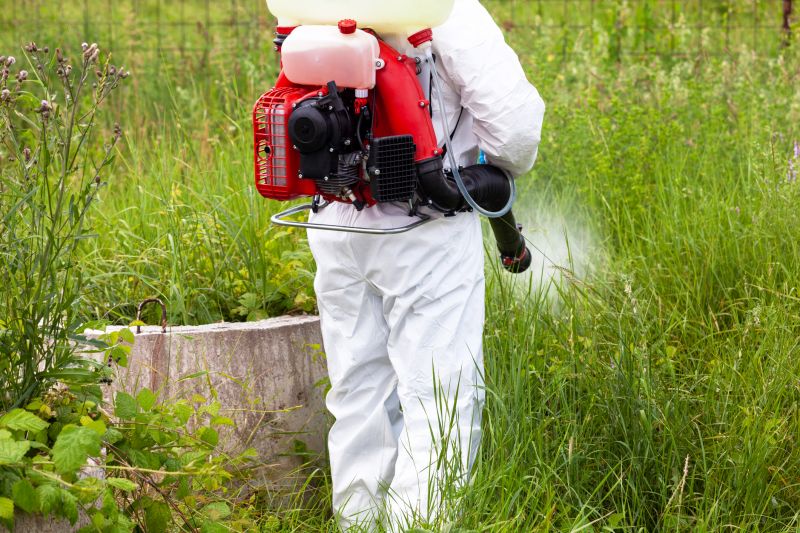
Applying herbicides early in the season targets emerging weeds before they establish.
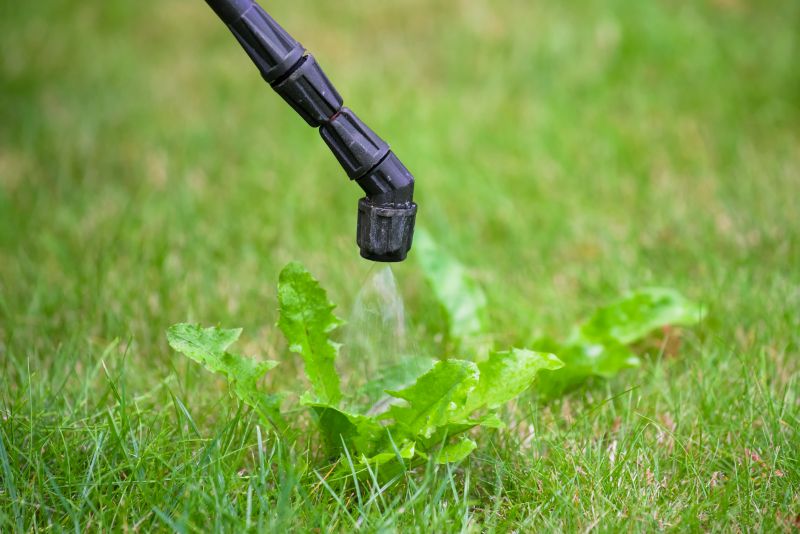
Targeting weeds during peak growth maximizes herbicide absorption and effectiveness.

Observing weed response after treatment helps determine if reapplications are necessary.
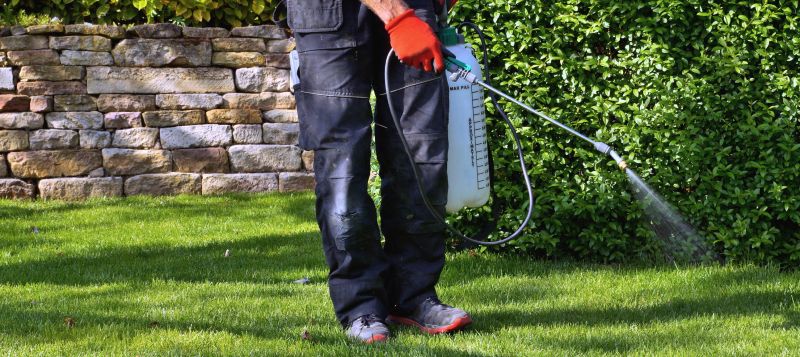
Ways to make Herbicide Applications work in tight or awkward layouts.

Popular materials for Herbicide Applications and why they hold up over time.
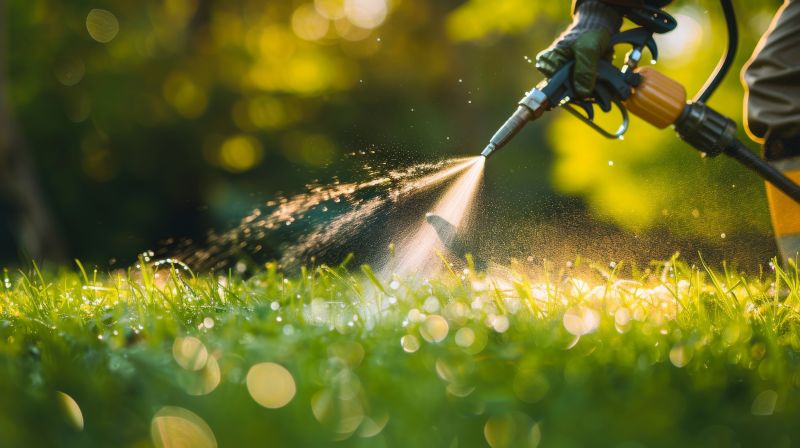
Simple add-ons that improve Herbicide Applications without blowing the budget.
| Timing Aspect | Details |
|---|---|
| Pre-Emergence | Applied before weed seeds germinate to prevent growth. |
| Post-Emergence | Applied after weeds emerge, ideally when weeds are small. |
| Weather Conditions | Apply during calm, dry weather to maximize effectiveness. |
| Growth Stage | Target weeds at early growth stages for best results. |
| Season | Spring and early summer are optimal times for application. |
| Soil Moisture | Adequate moisture enhances herbicide absorption. |
| Temperature | Apply within recommended temperature ranges for specific herbicides. |
Herbicide applications are a key component of weed management strategies. Timing plays a critical role in achieving effective control, reducing chemical input, and minimizing environmental impact. Properly scheduled treatments can lead to healthier landscapes and crops by addressing weeds when they are most susceptible. Regular monitoring and understanding local seasonal patterns support optimal application timing, ensuring the best possible outcomes.

Using calibrated equipment ensures precise herbicide delivery at the right time.

Targeting weeds during their active growth phase improves control rates.

Assessing weed response post-application guides future treatment timing.
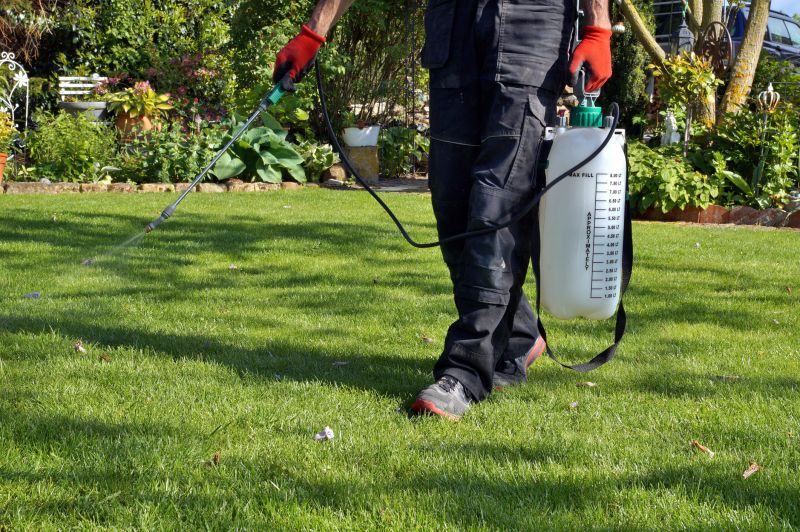
Ideal conditions include low wind and no rain forecast for effective application.

High-end options that actually feel worth it for Herbicide Applications.
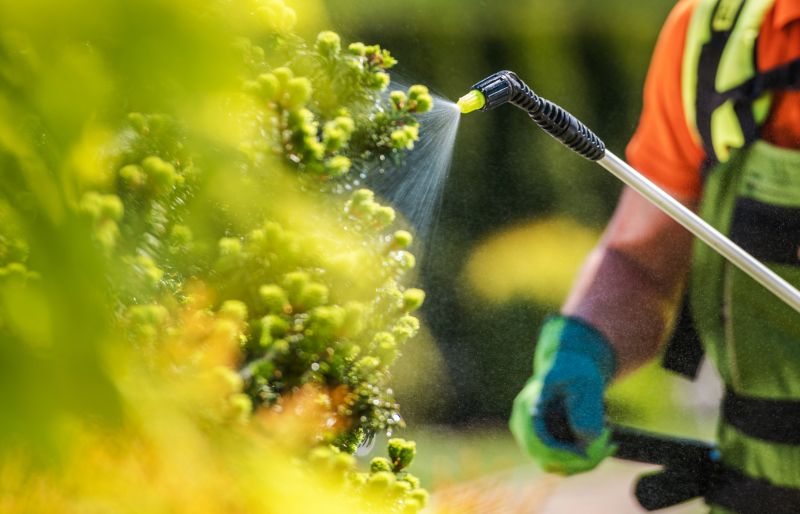
Finishes and colors that play nicely with Herbicide Applications.
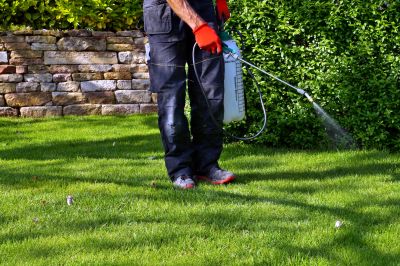
Little measurements that prevent headaches on Herbicide Applications day.
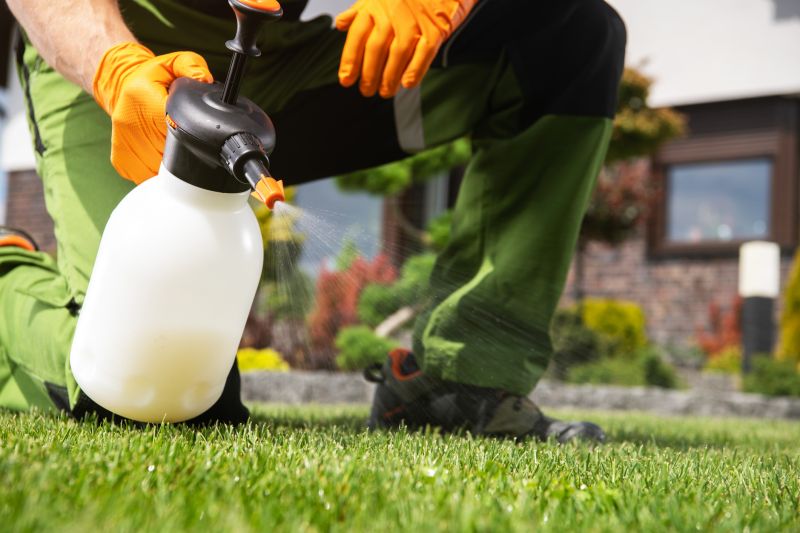
A 60-second routine that keeps Herbicide Applications looking new.
Interested in optimizing your herbicide application timing? Filling out the contact form can provide tailored guidance to meet specific landscape or crop management needs.



